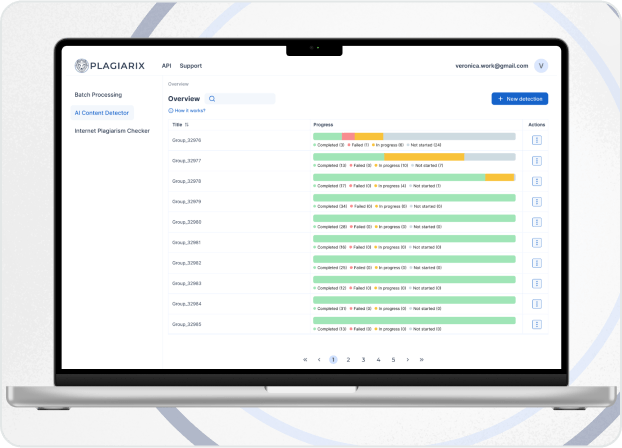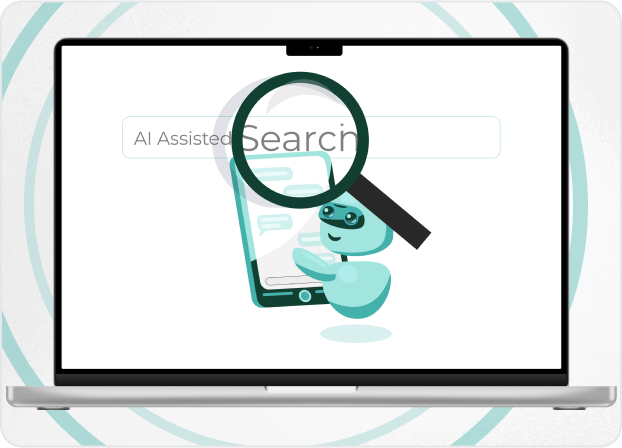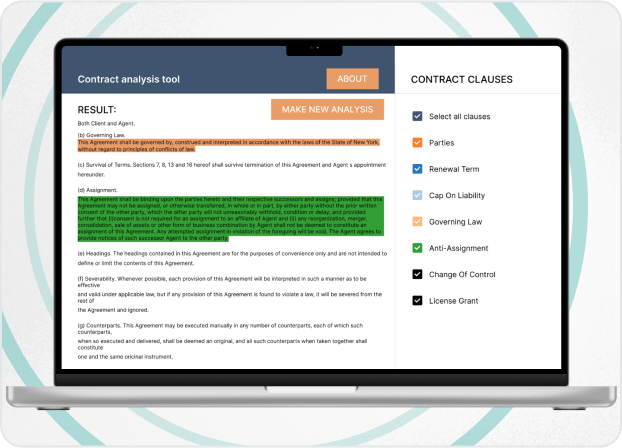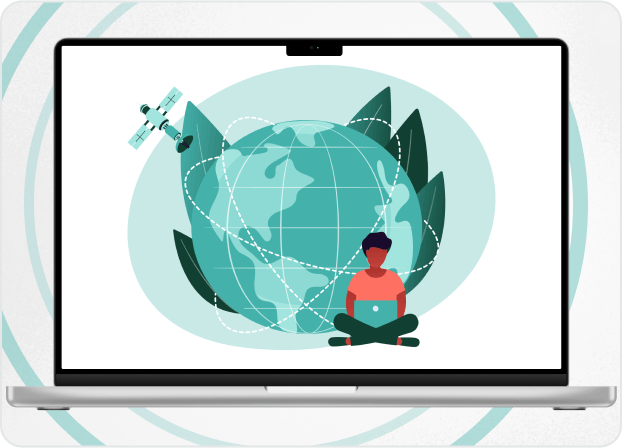
Expert’s Thoughts

"The rapid development of AI and ML technologies has brought sufficient changes into software development operational methods.
DevOps, considered as the most advanced framework for many years, was outshined by MLOps and AIOps. Though Silk Data presented the following blogpost in the form of MLOps vs DevOps vs AIOps, we’d like to show that there are no universal tools, technologies and methods and each of them can be efficient in certain conditions. Enjoy reading!"
Yuri Svirid, PhD. — CEO Silk Data
MLOps vs DevOps vs AIOps: Operational Frameworks Overview
The comprehensive report made by Business Research company declares that by the beginning of 2025 DevOps market size has reached the rate of 15 billion $. The report also demonstrates that the market’s annual growth is expected to be 26% which implies that the rate will double by 2028.

Source: www.thebusinessresearchcompany.com
However, new operational frameworks, MLOps and AIOps, seem to become equal competitors in the following 3-4 years.
Though both frameworks take smaller parts of the market (2 billion $ for MLOps and 11 billion $ for AIOps), both are expected to have annual growth rates of 30 and 40% respectfully.
The above-described state can become a signal for businesses all around the world to transform their approach in building bridges between development and post-deployment operations.
This blogpost was prepared to prevent companies from making reckless decisions and to show that methodology’s popularity does not always define its efficiency.
Common Traits of DevOps, MLOps and AIOps
First, we should understand that though considered as different competitive operational approaches all three frameworks have common cause - to build a link between systems development and their maintenance and to ensure faster software delivery. They ensure continuous, automated and supervised lifecycle from concept building to real-world operation.
There are several benefits that all three methodologies can bring:

Automation
All three emphasize increased automation as a key element of development and operational productivity and efficiency. The main purpose here is to reduce manual effort to minimum, minimize errors and obstacles and optimize workflows .
In doing so, the vast technological stack is used. For instance, DevOps is based on CI/CD (continuous integration/continuous deployment) principle which allows to automate testing and production releases while such tools as Prometheus or ELK Stack provide automated monitoring.
MLOps also uses specified technological stacks for automated model training, deployment and performance monitoring (TFX, FastAPI, Fiddler) , while AIOps has its own bunch of tools and operational practices (clustering algorithms, root cause analysis, automated anomaly detection) for incident response automation and predictive analytics.

Team Collaboration
Each framework is used for building connections and non-breaking workflows between different teams within a software development process.
As well as DevOps bridges the gap between software development, testers and technological support specialists, MLOps connects the entire development teams with data scientist and ML engineers, while AIOps focuses on IT department and business analysis cooperation (with the usage of AI technologies).

Improved efficiency
The key outcome of using DevOps, MLOps or AIOps is to increase development and deployment workflows efficiency and make them less resource- and time-consuming.
They achieve that goal via faster software delivery, automated ML deployment or smart AI-based operational monitoring .
Figuring out the key similarities of the frameworks, we can proceed to closer consideration of each.
DevOps
DevOps is considered as both technical and cultural framework of IT development with the main purpose to unify processes of software development and post-release operations.
The unification is achieved via increased work automation (for example, automated software testing), teams' collaboration promotion (when each team realizes its place in the entire workflow and knows the responsibility of the others) and operational monitoring and permanent feedback analysis for further planning and improvements.
The common DevOps process is demonstrated on the following scheme.
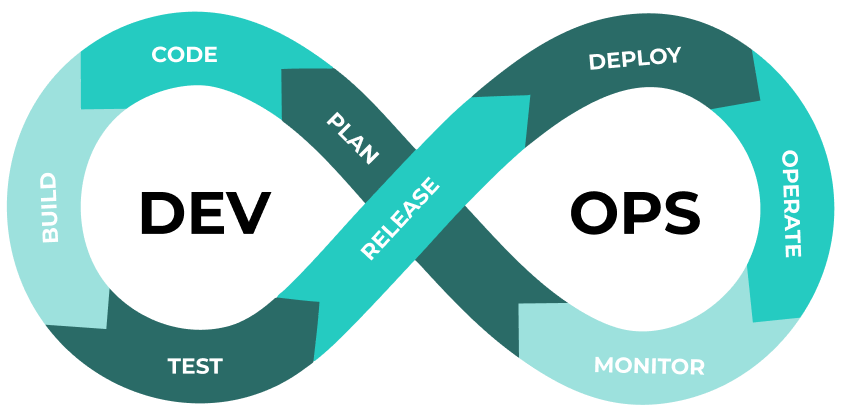
The main advantage of DevOps is that it uses the practice of IaC (infrastructure as code) for better digital infrastructure management. The essence of this practice is in defining the software’s infrastructure in code and storing it in version control. The code deployment and updates are automatically approved via CI/CD pipelines and all the changes are visible and auditable.
It appears to be beneficial from the point of reduced number of manual operations and self-documenting.
DevOps also obtains several weaknesses, such as certain security risks, if the system is not properly managed, and lack of model-specific controls, for example, for AI/ML workflows.
Despite these flaws, DevOps emphasizes close collaboration between different IT project teams and remains a ‘working horse’ for most of the software development processes and its principles have been adopted by technological giants like Amazon, Microsoft, Google, IBM and Oracle.
MLOps
In answering the question of what is MLOps, we should consider the following. Though sometimes it’s being referred to as a fully separated methodology, MLOps is, in fact, an advanced extension of DevOps specifically tailored for machine learning development lifecycle. In other words, the situations where DevOps can’t be applied due to development and operational specifics (like in ML-based projects), MLOps saves the day.
While DevOps focuses on standard stages of prototyping, development and QA, MLOps also considers processes of model training, deployment and performance monitoring.
In essence, the number of MLOps lifecycle stages is still not clearly defined and ranges between 5 and 8 fundamental steps. The common MLOps steps are:
- Data gathering and preparation;
- Model development;
- Model training;
- Model deployment;
- Model optimization.
To these steps we can add model testing, fine-tuning and performance monitoring.
Like in DevOps the main benefit of MLOps usage lies in decreased time spent on idea implementation. This is primarily achieved through the possibility of creating reusable components (for example, model training scripts) and ready-to-use infrastructure which can be used in different projects.
However, MLOps requires proper management of resources, especially while dealing with data preparation and training, while specialists should have a certain level of expertise to work with it. Still the framework is indispensable while working on ML-based and AI-implemented products.
AIOps
AIOps is a framework that uses artificial intelligence capabilities to automate and optimize IT development operations.
Automation and optimization primarily refer to monitoring and deep operational analysis based on advanced analytics.
In essence, AIOps focuses on intelligent data processing, when the different data on IT operations is permanently gathered and analyzed. This AI-based analysis allows to track alerts and predict incidents, notifying the team or directly dealing with the problem.
The main challenges of using AI in IT operations monitoring relate to its dependency on high quality data (which is not always possible to provide) and integration problems, as AI integration can consume excessive resources.
However, AIOps is one of the most fast-growing methodologies by market size and business adoption. It is worth noticing that since 2023 there’s been a tendency between companies on AIOps market to cooperate and build strategic partnership instead of competition. For example, IBM Consulting and US data-centric platform provider built a strategic partnership with the aim to help clients execute next-generation IT operations use cases by unifying data, AI, and automation, enabling enterprise-wide observability, in-place search capabilities, and asset intelligence analytics.
DevOps, MLOps, AIOps Comparative Overview
The above-mentioned information is summoned in the following table:
| Aspect | DevOps | MLOps | AIOps |
|---|---|---|---|
| Primary Goal | Accelerates software delivery via automation, collaboration and CI/CD pipelines | Streamlines ML model development, deployment, and monitoring | Enhance IT operations with AI-driven analytics and automation |
| Key Practices | - IaC (Infrastructure as Code) - CI/CD pipelines - Automated testing - Team collaboration | - Data versioning - Model training automation - Model monitoring - Reproducible pipelines | - AI-powered anomaly detection - Predictive incident management - Log/event correlation |
| Automation Focus | Infrastructure, testing, deployment | Data pipelines, model training, model deployment | Incident prediction, root-cause analysis |
| Key Benefits | - Faster releases - Reduced manual errors - Self-documenting systems | - Reusable ML components - Faster model iteration - Scalable ML workflows | - Proactive incident resolution - Reduced downtime - Enhanced observability |
| Challenges | - Security risks if misconfigured - Not optimized for AI/ML workflows | - High resource demands (GPUs, data) - Requires ML expertise | - Dependency on high-quality data - Complex integration |
| Adoption | Widely adopted (Amazon, Google, Microsoft and many others) | Growing in AI/ML-driven companies | Rapidly expanding (IBM, Splunk, Dynatrace) |
As we said at the very beginning, each framework suits the most for particular development practices and goals. Choosing the right operational methodology requires a clear understanding of your project goals and estimated results. Silk Data possesses a vast expertise in dealing with IT projects and operations, so if you wish to find the best solution for maintaining your IT, ML and AI development workflows, you can apply for comprehensive IT and AI consulting .
Conclusions
The evolution of DevOps, MLOps, and AIOps reflects the growing complexity of modern software development, where automation, collaboration, and intelligent operations are no longer optional — they’re essential. While DevOps remains the backbone of CI/CD-driven software delivery, MLOps has emerged as the go-to framework for machine learning lifecycle management, and AIOps is redefining IT operations with predictive analytics and self-healing systems.
The best operational framework isn’t the most popular — it’s the one that aligns with your project’s goals . Whether you’re deploying code, training models, or optimizing IT infrastructure, the right methodology will bridge the gap between innovation and practical implementation.
Our Solutions
We work in various directions, providing a vast range of IT and AI services. Moreover, working on any task, we’re able to provide you with products of different complexity and elaboration, including proof of concept, minimum viable product, or full product development.




















